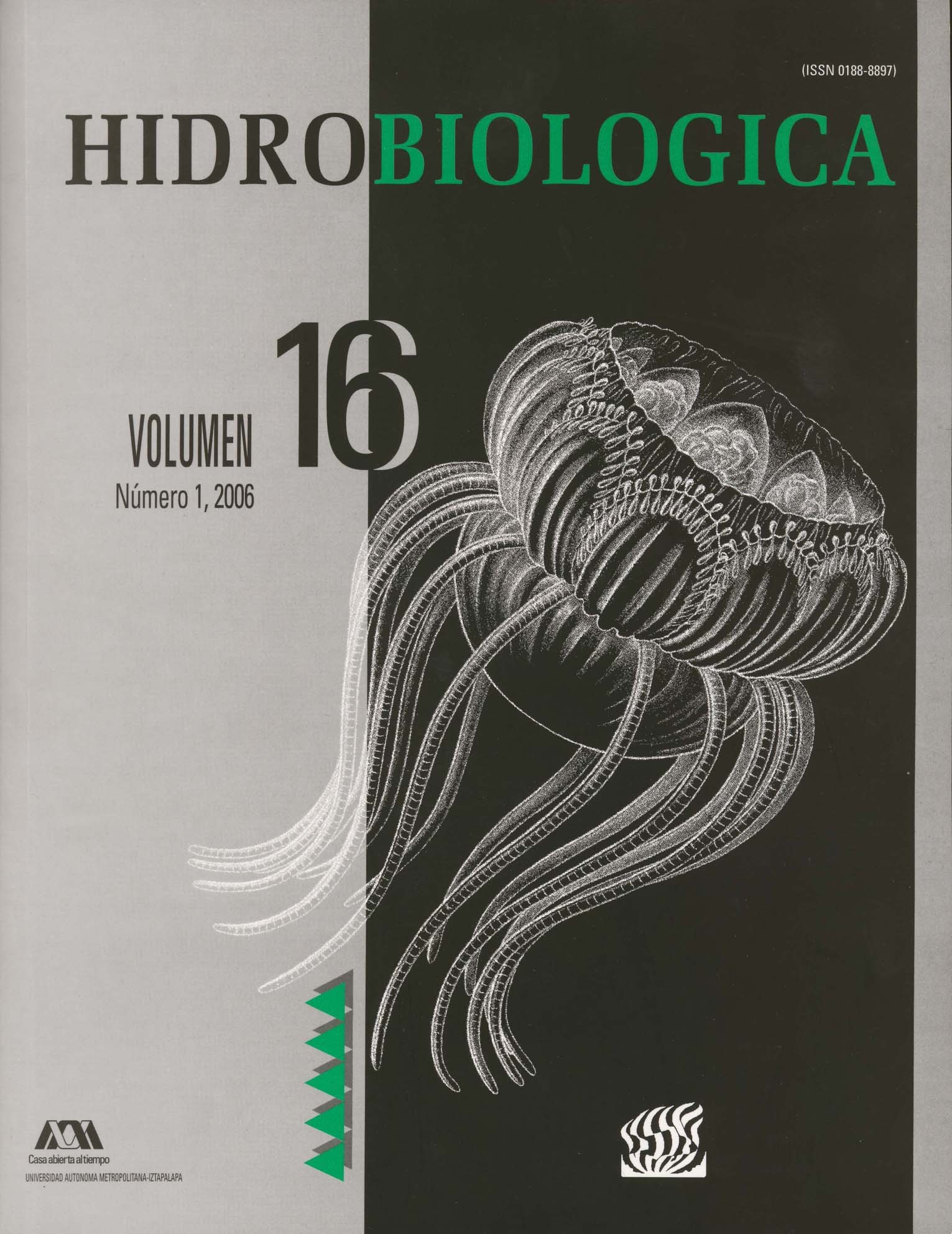Histological features of atretic stages of the ovarian follicles of two viviparous teleost species: Ilyodon whitei (Meek, 1904) and Goodea atripinnis (Jordan, 1880) (Goodeidae)
Keywords:
Follicular atresia, ovarian cycle, viviparous teleosts, Goodeidae.Abstract
Atresia, the process of degeneration and removal of ovarian follicles from the ovary is an essential aspect of the ovarian physiology. It plays an important role in fecundity, reducing the number of maturing oocytes. In viviparous teleosts, atresia shows special characteristics because of the dual reproductive role of the ovary, as the place for follicular development and gestation. The histological features of atretic follicles in two species of viviparous teleosts, Ilyodon whitei and Goodea atripinnis, were observed. The ovaries were processed histologically. These species have a different average number of embryos, 30 in I. whitei, and 55 in G. atripinnis. All the ovaries observed during non gestation and gestation stages of I. whitei and G. atripinnis contained atretic follicles. Follicles may become atretic at previtellogenic and vitellogenic stages. In both species, late vitellogenic oocytes are seen only around the time of fertilization. All of the non-fertilized vitellogenic oocytes become atretic. In both species, late vitellogenic oocytes were not seen during late gestation, and most of the early vitellogenic oocytes observed were atretic.Downloads
Downloads
Published
How to Cite
Issue
Section
License
Los autores/as que publiquen en esta revista aceptan las siguientes condiciones:
De acuerdo con la legislación de derechos de autor, HIDROBIOLÓGICA reconoce y respeta el derecho moral de los autores, así como la titularidad del derecho patrimonial, el cual será cedido a la revista para su difusión en acceso abierto.
Publicar en la revista HIDROBIOLÓGICA tiene un costo de recuperación de $500 pesos mexicanos por página en blanco y negro (aproximadamente 29 dólares americanos) y $1000 pesos por página a color (aproximadamente 58 dólares americanos).
Todos los textos publicados por HIDROBIOLÓGICA sin excepción se distribuyen amparados bajo la licencia Creative Commons 4.0Atribución-No Comercial (CC BY-NC 4.0 Internacional), que permite a terceros utilizar lo publicado siempre que mencionen la autoría del trabajo y a la primera publicación en esta revista.
Los autores/as pueden realizar otros acuerdos contractuales independientes y adicionales para la distribución no exclusiva de la versión del artículo publicado en HIDROBIOLÓGICA (por ejemplo incluirlo en un repositorio institucional o publicarlo en un libro) siempre que indiquen claramente que el trabajo se publicó por primera vez en HIDROBIOLÓGICA.
Para todo lo anterior, el o los autor(es) deben remitir el formato de Carta-Cesión de la Propiedad de los Derechos de la primera publicación debidamente requisitado y firmado por el autor(es). Este formato se puede enviar por correo electrónico en archivo pdf al correo: enlacerebvistahidrobiológica@gmail.com; rehb@xanum.uam.mx (Carta-Cesión de Propiedad de Derechos de Autor).
Esta obra está bajo una licencia de Creative Commons Reconocimiento-No Comercial 4.0 Internacional.


